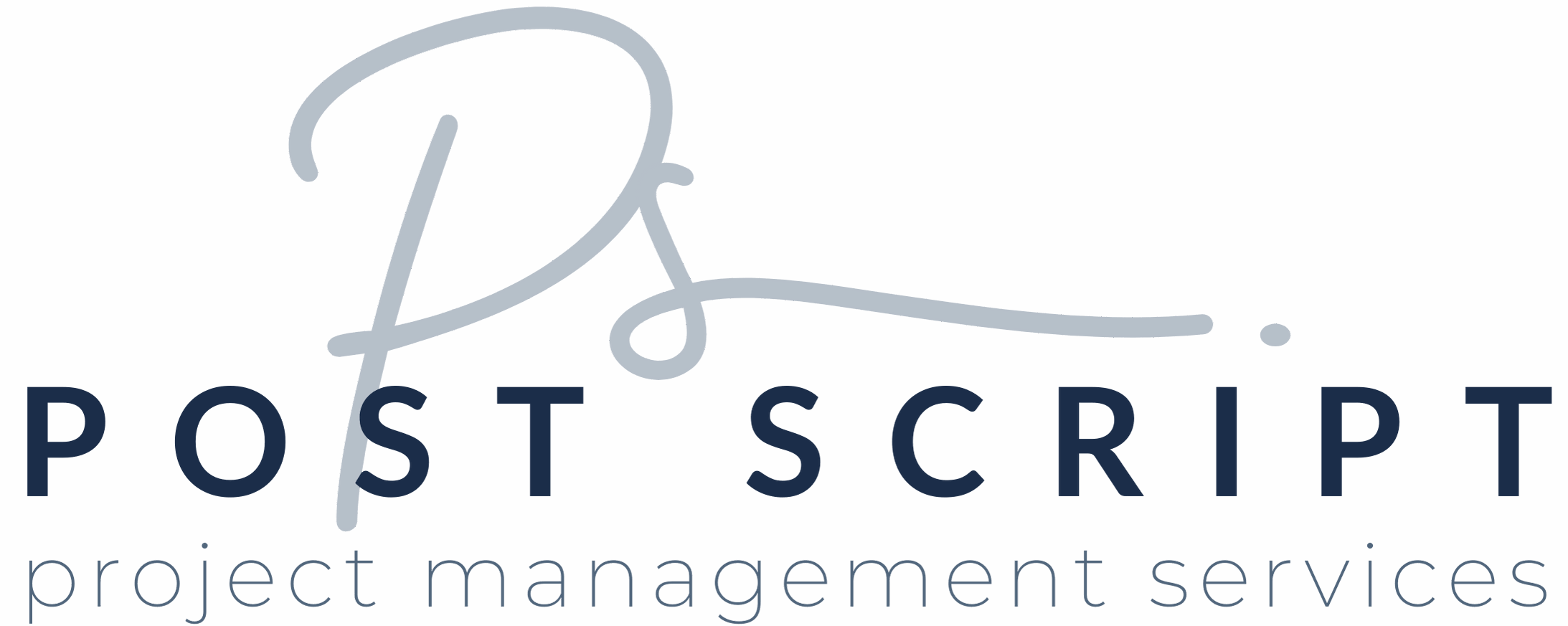Day 2 of Christie’s SMART Goals 101: Measurable
Welcome back to my SMART Goals series! Yesterday, we tackled Specific. In this installment, we’re focusing on M for Measurable SMART Goals. As always, if you prefer consuming your content by listening, rather than reading, I encourage you to check out the Instagram version of the segment here. However, in the blog post, I go into a little bit more detail… ’cause on Day 2, I hadn’t quite found my microphone comfort zone, so I kept it short and sweet. With that admission out of the way, let’s dig in…
If you’ve ever worked toward a goal but felt unsure whether you were making progress, this post is for you. By making your goals measurable, you have the power to track your journey, stay motivated, and celebrate milestones along the way. Weee!
Why Measurability Matters
Imagine you’re baking a cake. You wouldn’t just toss ingredients together without measuring them, right? Right! Precise measurements ensure your cake turns out just as delicious as you hoped. Similarly, measurable goals provide clarity and structure, making it easier to achieve your desired outcomes.
Here’s why measurability is crucial:
- Tracks Progress: Measurable goals give you a clear way to gauge how far you’ve come and what still needs to be done.
- Builds Momentum: Seeing tangible results, even small ones, can keep you motivated to keep going.
- Highlights Success: By setting measurable milestones, you create opportunities to celebrate achievements, no matter how big or small. You’re the boss!
- Informs Adjustments: When you can measure progress, you can identify what’s working and tweak what isn’t.
What Makes a Goal Measurable?
A measurable goal includes criteria that allow you to quantify or assess your progress. To make a goal measurable, ask yourself questions like:
- How will I know I’ve achieved this goal?
- What will indicate that I have made progress?
- What tools or systems can I use to track my progress?
For example, a vague goal of “I want to save money,” is definitely not measurable. Instead, try a more precise, specific one like, “I want to save 5,000dhs in the next 12 months by setting aside 420dhs each month.” The second version defines a clear target (specific) and provides a method to track progress (by counting how much money you have saved up every month.)
Breaking Down Measurable Goals
Define Quantifiable Metrics
Metrics are the backbone of measurability. They’re the numbers, data points, or indicators that show whether you’re on track or not. Here are some examples:
- Business Goal: “Increase website traffic by 25% in 6 months.”
- Metrics: Monthly site visits, referral sources, bounce rates.
- Health Goal: “Run a 10K in 3 months.”
- Metrics: Weekly mileage, pace times, number of training sessions.
- Personal Development Goal: “Read 12 books this year.”
- Metrics: Number of books completed, time spent reading weekly.
Use Tracking Tools
To measure progress, you need reliable tracking systems. Depending on your goal, these might include:
- Apps and Software: Use tools like habit trackers, financial planning apps, or project management platforms.
- Manual Logs: Journals, planners, or spreadsheets can be effective for tracking habits or achievements.
- Visual Aids: Create charts, graphs, or progress boards to see your growth at a glance.
For example, if your goal is to improve fitness, apps like Strava or Fitbit can track your workouts, while a simple wall chart can provide a visual reminder of your achievements.
Set Milestones
Breaking a goal into smaller milestones makes it less intimidating and more achievable. Milestones act as checkpoints that keep you focused and motivated. For example:
- Goal: “Lose 20 pounds in 6 months.”
- Milestones:
- Month 1: Lose 4 pounds.
- Month 3: Lose 10 pounds.
- Month 6: Achieve the 20-pound goal.
Each milestone provides an opportunity to reflect, adjust, and celebrate.
Real-Life Applications of Measurable Goals
In Business
A sales manager might set this measurable goal for their team:
- “Increase sales revenue by 15% this quarter by securing 10 new client accounts and enhancing services to 5 existing clients.”
Tracking tools like CRM software or monthly sales reports provide clear indicators of progress and areas for improvement.
In Education
A student preparing for exams might set this measurable goal:
- “Complete 2 practice tests per week and review 1 chapter daily for the next month.”
Using a study tracker or calendar can help ensure accountability and can also highlight areas that need more focus.
In Personal Growth
Let’s say someone wants to improve their public speaking skills. A measurable goal could be:
- “Attend 6 Toastmasters meetings and deliver 3 speeches over the next 3 months.”
Recording each speech and tracking feedback provides clear evidence of progress. I know that my own personal recording sessions have improved with every instance.
Common Pitfalls and How to Avoid Them
- Focusing on Vanity Metrics: Not all metrics are meaningful. For example, gaining social media followers is less impactful if engagement remains low. Choose metrics that reflect real progress, like increasing content publishing and community engagement.
- Overcomplicating Tracking: Don’t overwhelm yourself with too many metrics. Stick to the most relevant indicators.
- Ignoring Milestones: Focusing only on the end goal can make progress feel slow. Celebrate milestones to maintain motivation, and keep the excitement of reaching the finish line alive.
Personal Reflection: My Measurable Goal
When I set out to launch the Post Production Podcast, I knew I needed measurable milestones to stay on track. My goal evolved into:
- Measurable Goal: “Produce and release one episode per week.”
- Metrics: Number of episodes released.
- Tools: Podcast hosting platform, quality recording equipment, time to dedicate to researching content, writing scripts, and recording and editing episodes.
By tracking these metrics, I could celebrate small wins, like hitting 50 downloads in the first three months, and adjust my strategies to grow my audience.
Your Turn: Make It Measurable
Take a moment to reflect on a goal you’re working toward. Ask yourself:
- What metrics can I use to track progress?
- What tools or systems can help me measure success?
- Can I break the goal into smaller milestones?
Write down your goal and refine it to include measurable criteria. Share it with me in the comments or send me a message, I’d love to hear how you’re shaping your success up!
See you tomorrow for Day 3: Achievable!



